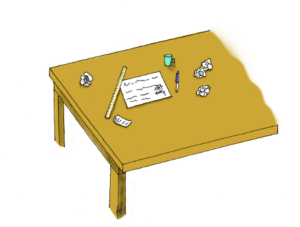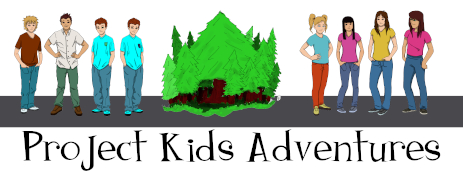 Reference: Preparing 21st Century Students for a Global Society
Reference: Preparing 21st Century Students for a Global Society
http://www.nea.org/assets/docs/A-Guide-to-Four-Cs.pdf
National Education Association (NEA) – Dennis Van Roekel
Today, students have almost unlimited access to information from libraries, textbooks, and digital materials. On the other hand, many students lack the proper skills to benefit from this abundance of information.
In the paper Preparing 21st Century Students for a Global Society, the NEA stresses the importance of developing the “Four Cs” in our modern global economy (Creativity, Communication, Collaboration and Critical Thinking). The 1950’s “Three Rs” (Reading, Writing, Arithmetic) model is no longer sufficient for the students of today; they need to be prepared to work in a collaborative global workplace.
As educators prepare students for this new global society, teaching the core subjects – math, social studies, arts – must be enhanced by incorporating the life skills needed to be successful citizens and leaders of tomorrow.
One advantage of Project-based learning is that it addresses each of these four “C” areas, helping students develop strengths and skills that will support them in life and in their later career. This has been demonstrated in a number of successful primary school education systems including MOTE (Mantle Of The Expert), originally developed in the UK in the 1980’s by Prof. Dorothy Heathcote. (www.mantleoftheexpert.com)
As a Project Management book for children, this story and the lessons it delivers support the objectives of the “Four Cs” skills development. This will be expanded on for each title.
What are the “Four Cs”?
The “Four Cs” represent four critical skills that complement, but do not replace, the other skills being taught in schools today. Here are the “Four Cs” as defined in the Partnership for 21st Century Skills (P21).
1. Critical Thinking and Problem Solving, which includes developing the ability to:
Reason Effectively
– Use various types of reasoning (inductive, deductive, etc.) as appropriate to the situation
Use Systems Thinking
– Analyze how parts of a whole interact with each other to produce overall outcomes in complex systems
Make Judgments and Decisions
– Effectively analyze and evaluate evidence, arguments, claims, and beliefs
– Analyze and evaluate major alternative points of view
– Synthesize and make connections between information and arguments
– Interpret information and draw conclusions based on the best analysis Reflect critically on learning experiences and processes
Solve Problems
– Solve different kinds of unfamiliar problems in both conventional and innovative ways
– Identify and ask significant questions that clarify various points of view and lead to better solutions
2. Communication, which includes developing the ability to:
Communicate Clearly
– Articulate thoughts and ideas effectively using oral, written, and nonverbal communication skills in a variety of forms and contexts
– Listen effectively to decipher meaning, including knowledge, values, attitudes, and intentions
– Use communication for a range of purposes (e.g. to inform, instruct, motivate, and persuade)
– Use multiple media and technologies, and know how to assess impact and their effectiveness a priori
– Communicate effectively in diverse environments (including multilingual and multicultural)
3. Collaboration, which includes developing the ability to:
Collaborate with Others
– Demonstrate ability to work effectively and respectfully with diverse teams
– Exercise flexibility and willingness to be helpful in making necessary compromises to accomplish a common goal
– Assume shared responsibility for collaborative work, and value the individual contributions made by each team member
4. Creativity and Innovation, which includes developing the ability to:
Think Creatively
– Use a wide range of idea creation techniques (such as brainstorming)
– Create new and worthwhile ideas (both incremental and radical concepts)
– Elaborate, refine, analyze, and evaluate original ideas to improve and maximize creative efforts
Work Creatively with Others
– Develop, implement, and communicate new ideas to others effectively
– Be open and responsive to new and diverse perspectives; incorporate group input and feedback into the work
– Demonstrate originality and inventiveness in work and understand the real world limits to adopting new ideas
– View failure as an opportunity to learn; understand that creativity and innovation are part of a long-term, cyclical process of small successes and frequent mistakes
Implement Innovation
– Act on creative ideas to make a tangible and useful contribution to the field in which the innovation will occur
